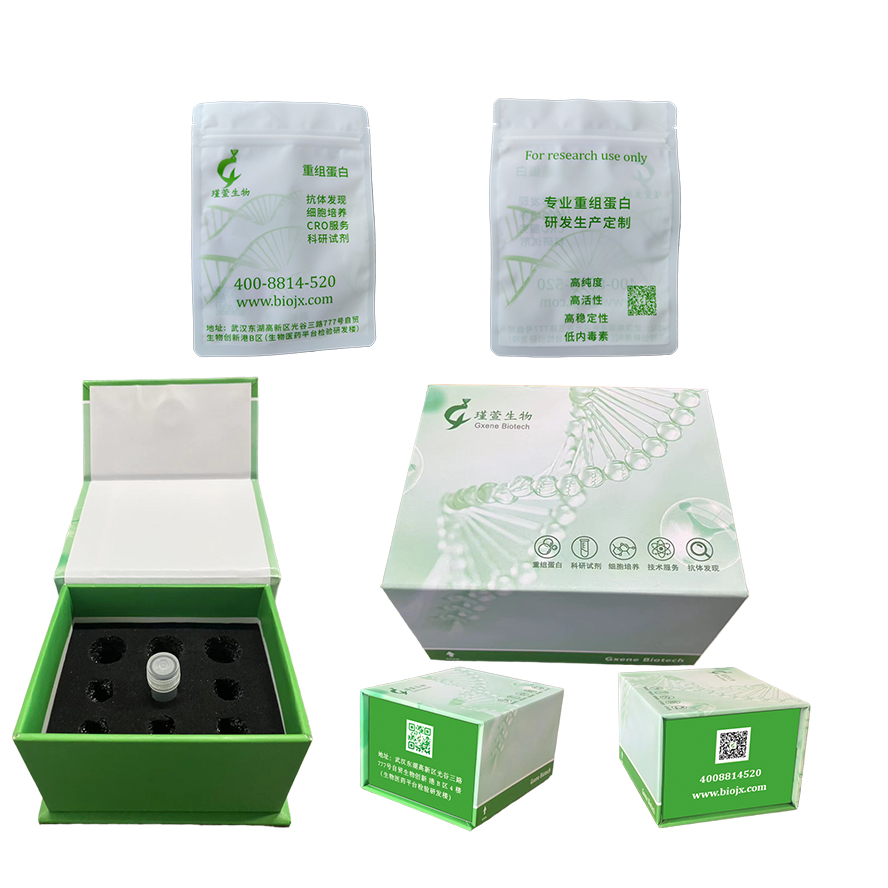



研究方向
IFN-lambda 1 (IL-29) 是 III 型干扰素家族的成员。IFN-lambda 1 主要由成熟的树突状细胞和巨噬细胞产生。成熟的树突细胞、巨噬细胞、肥大细胞和肺泡细胞表达高水平的 IFN-lambda 1。
IFN-lambda 1 通过包含 IFNλ 受体 1 的异二聚体受体复合物发出信号( IFNLR1) 和 IL-10 受体亚基-β (IL-10RB)。当与受体复合物结合时,Jak1 和 Tyk2 会被激活,并导致 IFN-λR1(胞内结构域,Tyr406 和 Tyr343,Tyr517)的酪氨酸磷酸化,并激活 STAT1 和 STAT2。激活的 STAT1 和 STAT2 招募 IRF-9 形成三聚体转录因子复合物 (ISGF3),介导抗病毒状态。
IFN-lambda 1 调节感染和自身免疫性疾病中的免疫力。
Measured in antiviral assays using HepG2 cells infected with vesicular stomatitis virus.
The ED50 for this effect is typically 10-50 ng/mL.
This protein is also known as cytokine Zcyto21, Interferon lambda-1, IFN-lambda-1, and IFNL1, is a secreted protein which belongs to the IL-28 / IL-29 family. IL-29 is a cytokine with immunomodulatory activity. IL-29 is highly similar in amino acid sequence to the IL-28. IL-28 and IL-29 are induced by viral infection and showed antiviral activity. IL-28 and IL-29 interacted with a heterodimeric class II cytokine receptor that consisted of IL-1 receptor beta (IL-1Rbeta) and an orphan class II receptor chain, designated IL-28Ralpha. IL-29 plays an important role in host defenses against microbes and its gene is highly upregulated in cells infected with viruses. IL-29 may play a role in antiviral immunity. IL-29 up-regulates MHC class I antigen expression. It is a Ligand for the heterodimeric class II cytokine receptor composed of IL1RB and IL28RA. The ligand / receptor complex seems to signal through the Jak-STAT pathway.